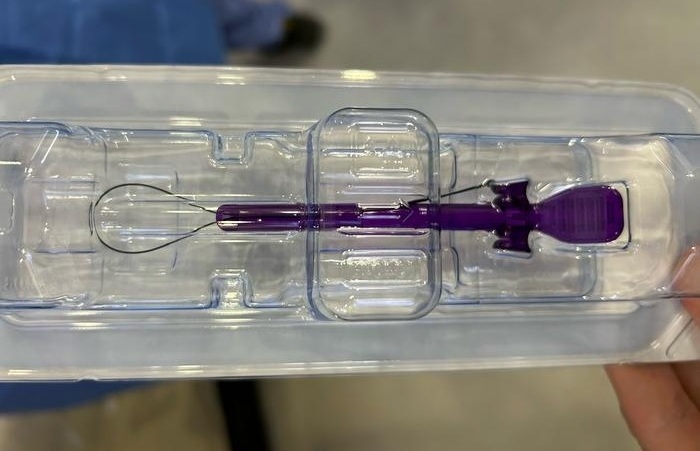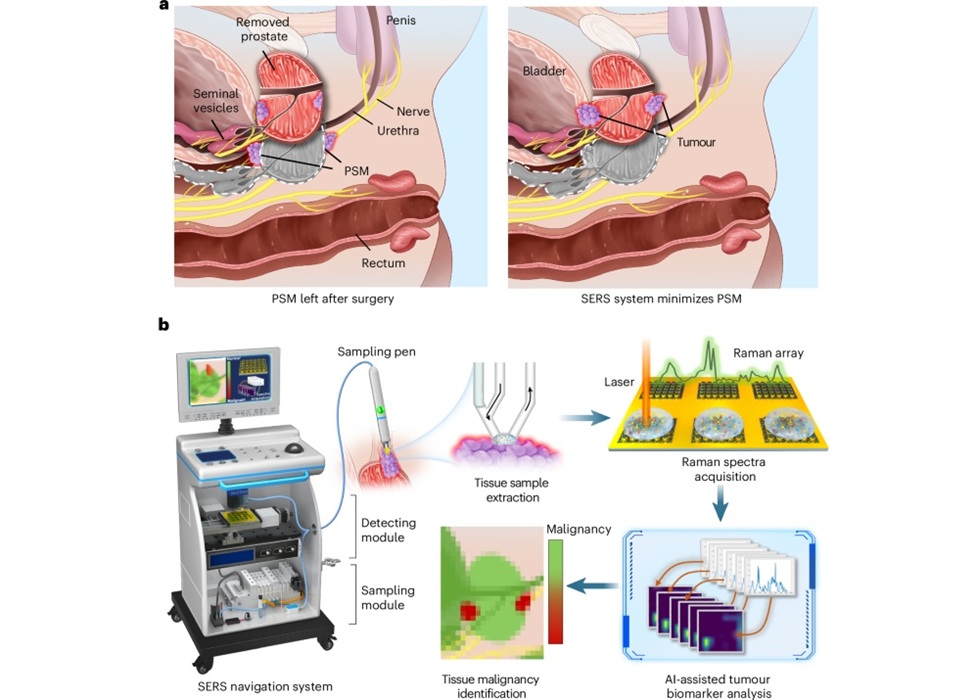Portable First Aid Center Guides Emergency Home Care
|
By HospiMedica International staff writers Posted on 07 Jul 2016 |
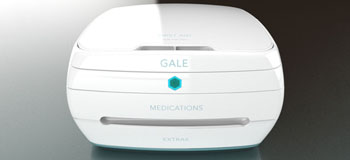
Image: The GALE Smart Portable Health Center (Photo courtesy of 19labs).
A connected first aid kits provide users with interactive guides and a direct connection to emergency services, medical professionals, and loved ones.
The GALE Smart Portable Health Center contains a number of compartments to organize supplies, including bandages, sterile pads, moist burn pads, and ice packs, and a touch screen display (on the inside cover) that is used to access and display an interactive guide that provides instructions on how to perform different first aid procedures, including treating cuts, burns, concussions, fractures, and other common first aid situations. An infrared thermometer, pulse oximeter, and vital monitoring patches are stored in a separate compartment where they charged, ready for use as a connected medical device.
Other features include online consultation with medical professionals over video call; a SmartCall button for establishing immediate contact with family members, medical professionals, and caregivers; and instant mail order refills to replenish supplies or ordering new supplies with a single click. Connectivity is carried over the AT&T (Dallas, TX, USA) cellular network, which means the kit can function anywhere with network coverage. A built-in handle is used to transport the device, which folds into the container once set down on a table.
“There are amazing transformative technologies being developed for sensing, servicing, and improving health. But from an everyday consumer perspective, there remains a fundamental need for a simple, trusted experience that brings together those innovations and capabilities traditionally found at a physical clinic,” said Ram Fish, founder and CEO of 19Labs. “Smart portable health centers are the future of remote health care, combining the best supplies, medical know-how and technologies into a unified experience.”
“You can’t always predict when or why you are going to need a first aid kit, but having one on hand brings you some peace of mind,” said Chris Penrose, senior vice president of Internet of Things (IoT) at AT&T. “GALE brings the first aid kit into the 21st century. Technology not only provides the supplies to treat injuries, it also lets you access medical know-how and emergency services in the moment.”
Related Links:
19Labs
The GALE Smart Portable Health Center contains a number of compartments to organize supplies, including bandages, sterile pads, moist burn pads, and ice packs, and a touch screen display (on the inside cover) that is used to access and display an interactive guide that provides instructions on how to perform different first aid procedures, including treating cuts, burns, concussions, fractures, and other common first aid situations. An infrared thermometer, pulse oximeter, and vital monitoring patches are stored in a separate compartment where they charged, ready for use as a connected medical device.
Other features include online consultation with medical professionals over video call; a SmartCall button for establishing immediate contact with family members, medical professionals, and caregivers; and instant mail order refills to replenish supplies or ordering new supplies with a single click. Connectivity is carried over the AT&T (Dallas, TX, USA) cellular network, which means the kit can function anywhere with network coverage. A built-in handle is used to transport the device, which folds into the container once set down on a table.
“There are amazing transformative technologies being developed for sensing, servicing, and improving health. But from an everyday consumer perspective, there remains a fundamental need for a simple, trusted experience that brings together those innovations and capabilities traditionally found at a physical clinic,” said Ram Fish, founder and CEO of 19Labs. “Smart portable health centers are the future of remote health care, combining the best supplies, medical know-how and technologies into a unified experience.”
“You can’t always predict when or why you are going to need a first aid kit, but having one on hand brings you some peace of mind,” said Chris Penrose, senior vice president of Internet of Things (IoT) at AT&T. “GALE brings the first aid kit into the 21st century. Technology not only provides the supplies to treat injuries, it also lets you access medical know-how and emergency services in the moment.”
Related Links:
19Labs
Channels
Critical Care
view channel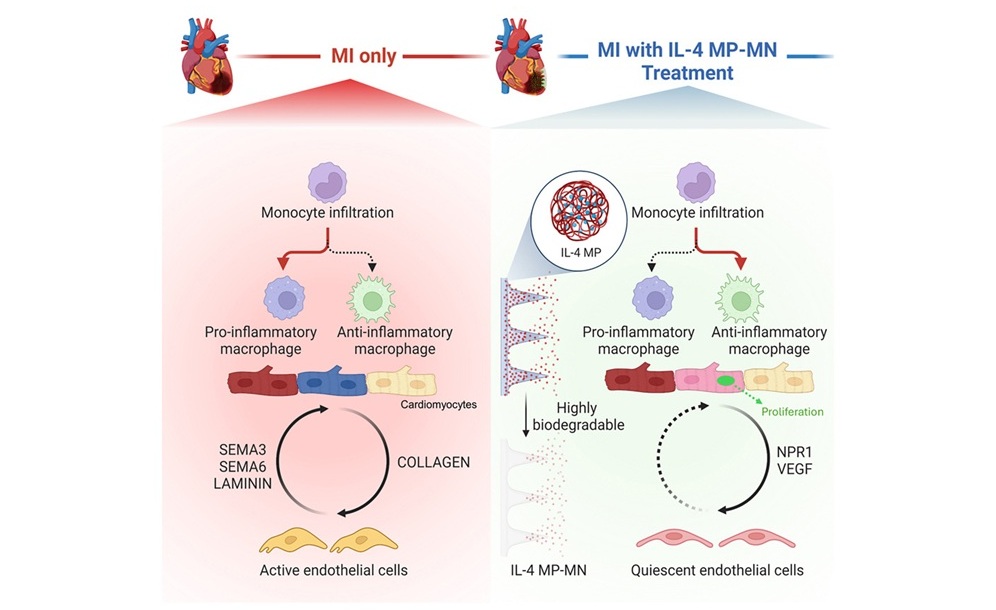
Biodegradable Patch Repairs Damaged Tissue After Heart Attack
A heart attack causes sudden loss of oxygen to the heart muscle, triggering cell death and a strong inflammatory response that often leads to scar formation. While scarring helps stabilize the heart, it... Read more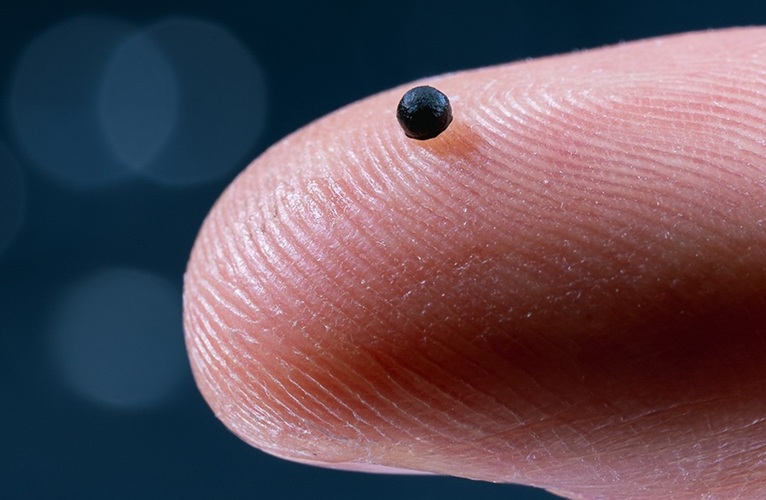
Magnetically Guided Microrobots to Enable Targeted Drug Delivery
Stroke affects 12 million people globally each year, often causing death or lasting disability. Current treatment relies on systemic administration of clot-dissolving drugs, which circulate throughout... Read more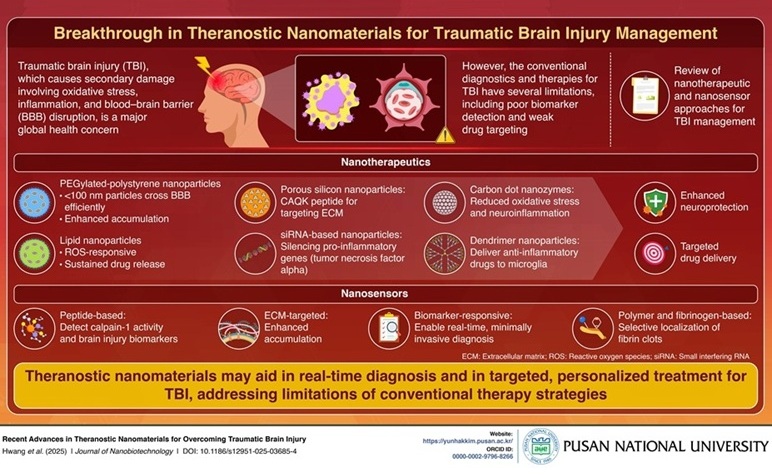
Smart Nanomaterials Detect and Treat Traumatic Brain Injuries Simultaneously
Traumatic brain injury (TBI) continues to leave millions with long-term disabilities every year. After a sudden impact from a fall, collision, or accident, the brain undergoes inflammation, oxidative stress,... Read more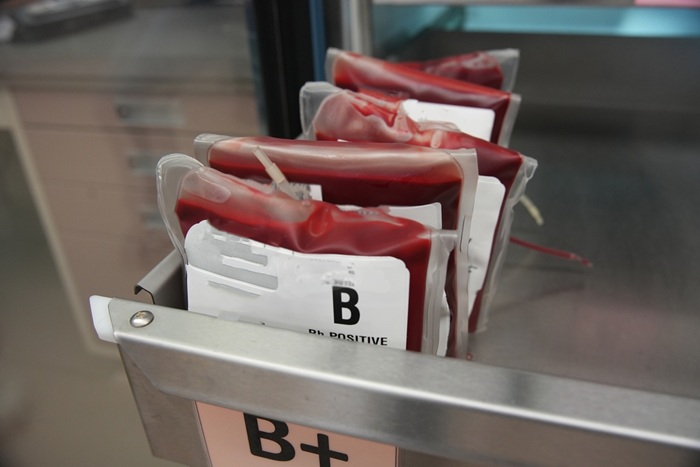
Earlier Blood Transfusion Could Reduce Heart Failure and Arrhythmia in Heart Disease Patients
Blood loss during or after surgery can place significant stress on people with heart disease, increasing the risk of dangerous complications. Transfusions are often delayed until hemoglobin levels fall... Read moreSurgical Techniques
view channelNovel Endoscopy Technique Provides Access to Deep Lung Tumors
Detecting lung cancer early can save lives, but diagnosing small tumors deep in the outer regions of the lungs remains a major clinical challenge. Although CT scans frequently identify tiny suspicious... Read more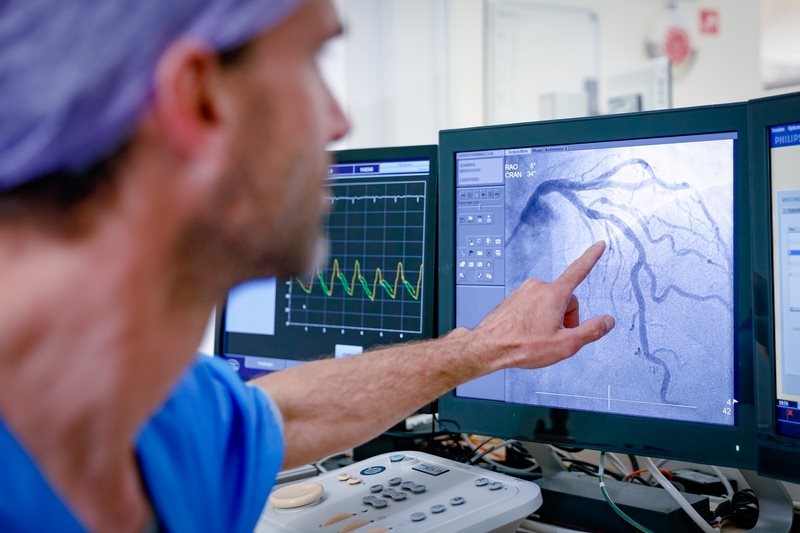
New Study Findings Could Halve Number of Stent Procedures
When a coronary artery becomes acutely blocked during a heart attack, opening it immediately is essential to prevent irreversible damage. However, many patients also have other narrowed vessels that appear... Read morePatient Care
view channel
Revolutionary Automatic IV-Line Flushing Device to Enhance Infusion Care
More than 80% of in-hospital patients receive intravenous (IV) therapy. Every dose of IV medicine delivered in a small volume (<250 mL) infusion bag should be followed by subsequent flushing to ensure... Read more
VR Training Tool Combats Contamination of Portable Medical Equipment
Healthcare-associated infections (HAIs) impact one in every 31 patients, cause nearly 100,000 deaths each year, and cost USD 28.4 billion in direct medical expenses. Notably, up to 75% of these infections... Read more
Portable Biosensor Platform to Reduce Hospital-Acquired Infections
Approximately 4 million patients in the European Union acquire healthcare-associated infections (HAIs) or nosocomial infections each year, with around 37,000 deaths directly resulting from these infections,... Read moreFirst-Of-Its-Kind Portable Germicidal Light Technology Disinfects High-Touch Clinical Surfaces in Seconds
Reducing healthcare-acquired infections (HAIs) remains a pressing issue within global healthcare systems. In the United States alone, 1.7 million patients contract HAIs annually, leading to approximately... Read moreBusiness
view channel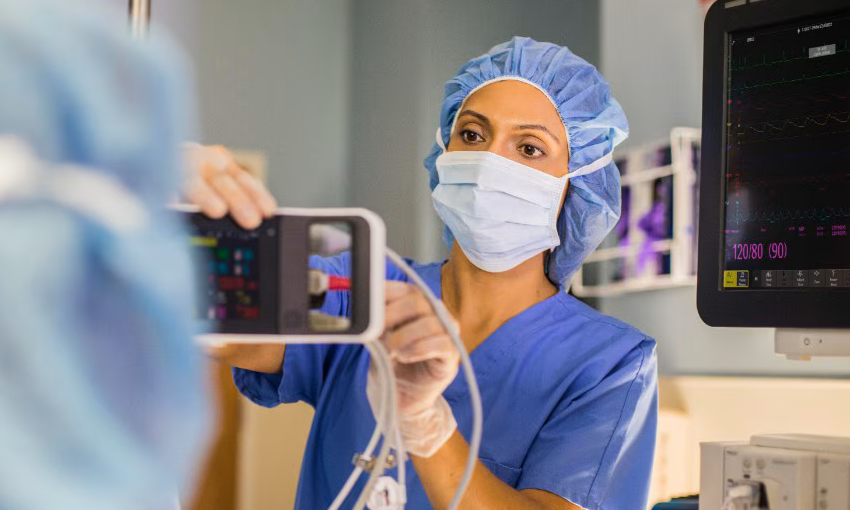
Philips and Masimo Partner to Advance Patient Monitoring Measurement Technologies
Royal Philips (Amsterdam, Netherlands) and Masimo (Irvine, California, USA) have renewed their multi-year strategic collaboration, combining Philips’ expertise in patient monitoring with Masimo’s noninvasive... Read more
B. Braun Acquires Digital Microsurgery Company True Digital Surgery
The high-end microsurgery market in neurosurgery, spine, and ENT is undergoing a significant transformation. Traditional analog microscopes are giving way to digital exoscopes, which provide improved visualization,... Read more
CMEF 2025 to Promote Holistic and High-Quality Development of Medical and Health Industry
The 92nd China International Medical Equipment Fair (CMEF 2025) Autumn Exhibition is scheduled to be held from September 26 to 29 at the China Import and Export Fair Complex (Canton Fair Complex) in Guangzhou.... Read more












